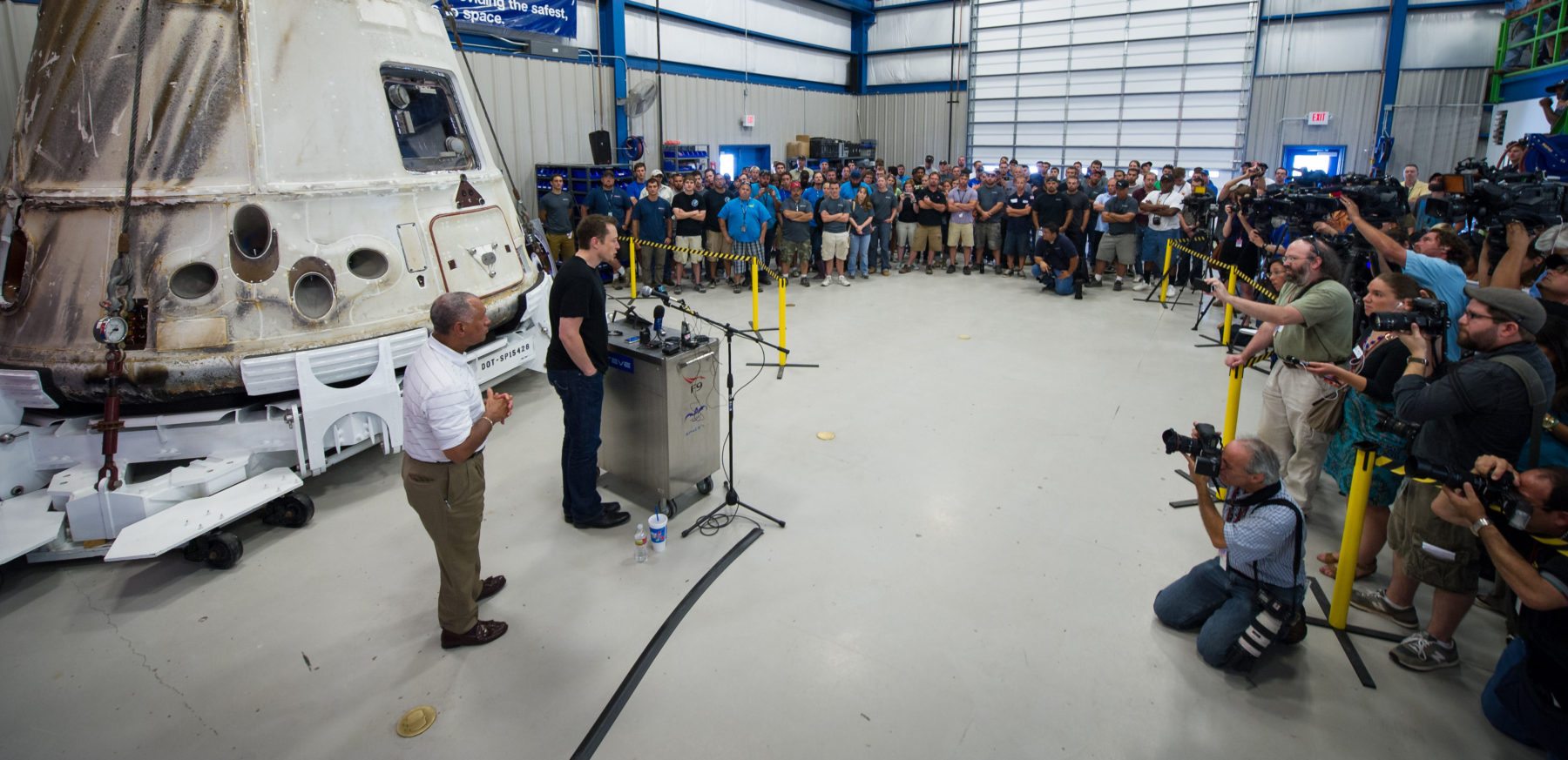The race to Mars: Elon Musk stakes his claim
Elon Musk believes that as a species we have two options for our future: we either stay on Earth and eventually become extinct, or we become a ‘multi-planetary species’ and create a new civilisation on Mars. At an inspiring conference on the 27 September in Mexico, Musk- the co-founder of Tesla and founder of SpaceX- unveiled his plans to create a ‘self-sustaining civilisation’ on Mars by using the Interplanetary Transport System (ITS).
His plan is a bold one… he aims to beat NASA’s target for its Mars mission by around 10 years
His plan is a bold one: with the first Mars flight scheduled for 2022, he aims to beat NASA’s target for its Mars mission by around 10 years. He aims to do this through revolutionising space travel by creating reusable space crafts. This, Musk stressed, was absolutely key in order to bring down the price of travelling to Mars; the initial estimated price of a one-way ticket is $10 billion. However, by investing in reusable space crafts, along with the technology to refuel a space craft in orbit and the facilities to produce fuel on Mars, the cost of a ticket could potentially be reduced to just $200,000. Musk explained how eventually he wanted everyone who wished to go to Mars would be able to save up the money to do so. Some of the other funding for the ITS will be probably come from launching satellites and sending supplies and astronauts to the International Space Station (ISS).
In an awe-inspiring, futuristic simulation, Elon Musk illustrated what a SpaceX Mars mission would look like. Once the spacecraft was launched and the booster and craft separated, the booster would return to Earth, landing in a similar way to SpaceX’s Falcon 9. Once a tanker of propellant was reattached to the booster, it would relaunch and the space craft would refuel in Earth’s orbit. This would reduce the initial weight of the space craft, and so reduce its cost and size. The tanker would return and the space craft would set off towards Mars, with the total journey taking around 3 months. This is considerably faster than current technology where the journey can take up to 9 months.
Although Musk talked extensively about the details of facilitating travel to Mars, he talked less about what will happen when humans actually get there, as any settlers would need three main things: air, water and food, and to save costs these would have to be produced on Mars. There are also concerns about how safe the space travel would be. Musk plans to create an enriching and exciting interior for the spacecraft, that will include a restaurant, lecture halls and space to play zero-gravity games. Yet little was said about how the spacecraft, and future colony, would be protected from dangerous radiation and how microgravity would affect the passengers; astronauts on the ISS exercise for many hours a day in order to prevent their muscles atrophying.
Little was said about how the space craft would be protected from dangerous radiation
Despite its drawbacks and ambiguities, Elon Musk must still be commended for his ambition and vision. He himself is investing into the ITS SpaceX programme in order to make as much progress as possible, and it is especially exciting to see the overlap of the private and public sector in space exploration. Looking further into the future, using the same technology, we could also visit anywhere in the solar system, from Enceladus, a moon of Jupiter, to the Oort cloud. The reality of living on another planet may be coming sooner than we all think.


Comments